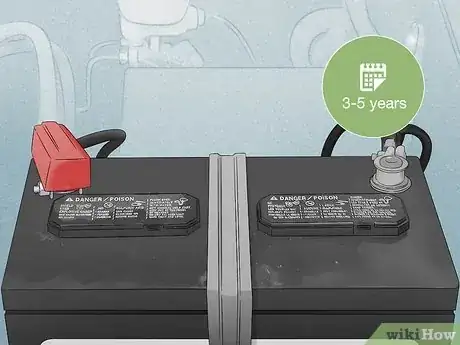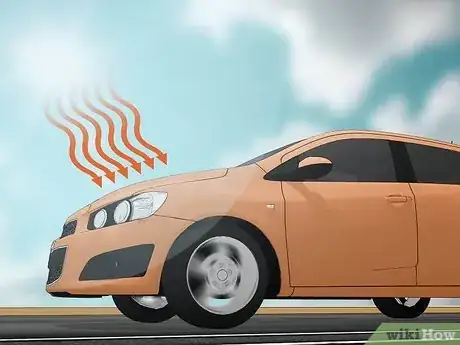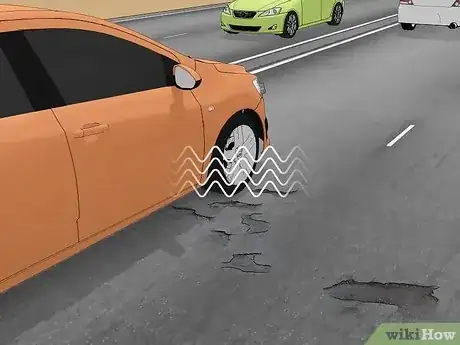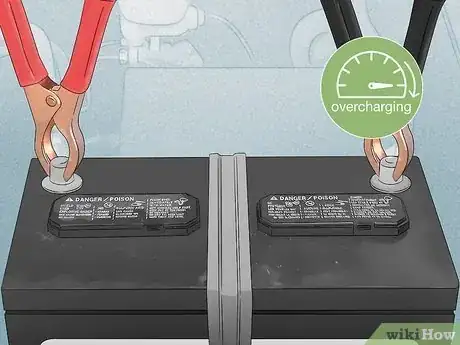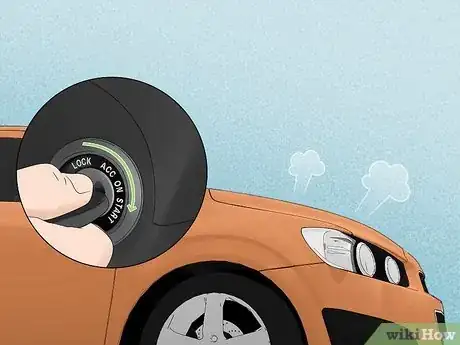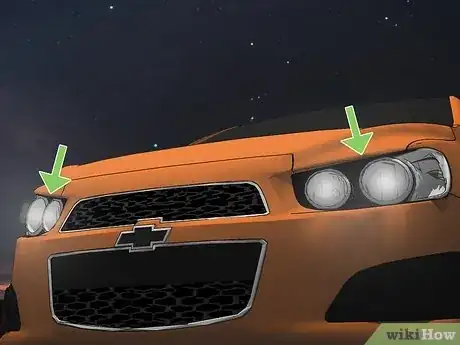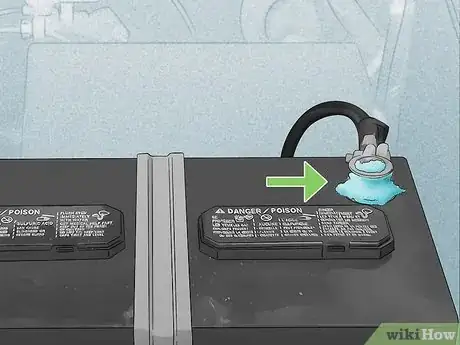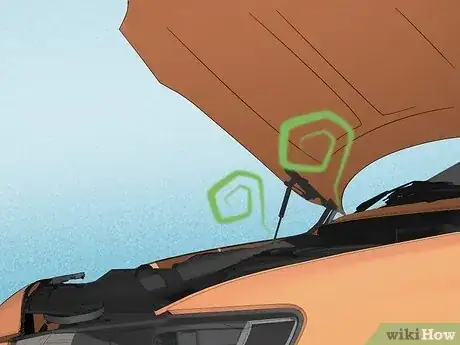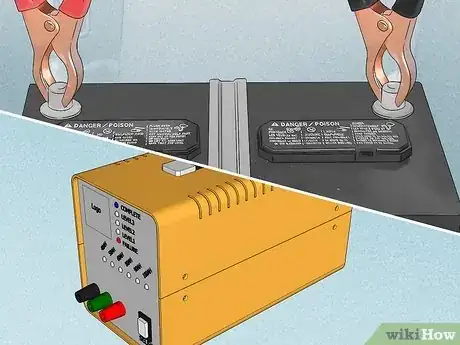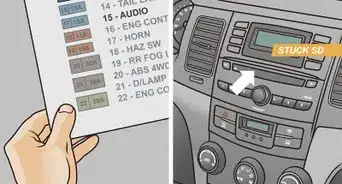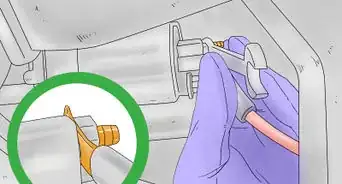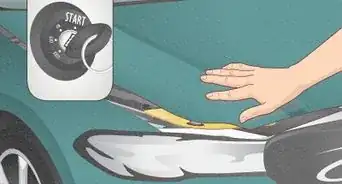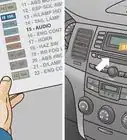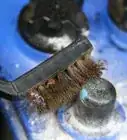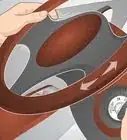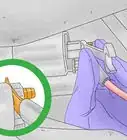This article was written by Duston Maynes and by wikiHow staff writer, Hunter Rising. Duston Maynes is an Automotive Repair Specialist at RepairSmith. Duston specializes in leading a team that handles a variety of automotive repairs including replacing spark plugs, front and rear brake pads, fuel pumps, car batteries, alternators, timing belts, and starter motors. Duston holds an Associate’s degree in Automotive/Diesel Technology from The Universal Technical Institute of Arizona and is a Certified Diagnostic Technician and Automobile Mechanics Technician through BMW STEP. RepairSmith received The 2020 Big Innovation Award by Business Intelligence Group and The Startup of the Year by the American Business Awards. RepairSmith was also included in Built in LA’s 50 Startups to Watch and The Business Intelligence Group’s 52 Names Leading the Way in Customer Service. RepairSmith offers in-home services to provide car owners convenient and complete auto repair everywhere.
There are 17 references cited in this article, which can be found at the bottom of the page.
Do you remember the last time you changed your car’s battery? Checking the battery is a routine part of maintenance, and knowing when it’s time for a replacement is crucial to keep your vehicle running smoothly. If you’re wondering what condition your battery is in and how long it will last, we’ll walk you through what to look for. Soon, you’ll recognize when your battery is starting to go bad and what you can do to maintain it properly.
This article is based on an interview with our automotive repair specialist, Duston Maynes. Check out the full interview here.
Things You Should Know
- Standard car batteries last around 3–5 years. Electric vehicle batteries have a lifespan of around 12–15 years.
- Heat, repeated short drives, vibrations, and leaving lights on can all drain power from your battery and shorten its lifespan.
- Signs that your battery is going bad are difficulty starting your vehicle, dim lights, and a rotten egg odor.
- Maintain your battery by going on drives that are longer than 20 minutes and scrubbing corrosion off the terminals with a wire brush.
Steps
Warnings
- Take off any metal jewelry and put on safety glasses and gloves before disconnecting your battery to protect yourself.[21]⧼thumbs_response⧽
- Avoid touching both the positive and negative terminals at the same time with a metal tool since it could cause sparks or an electrical shock.[22]⧼thumbs_response⧽
References
- ↑ https://www.themechanicdoctor.com/when-should-replace-car-battery/
- ↑ https://www.consumerreports.org/cars/car-batteries/how-hot-weather-affects-your-car-battery-what-to-do-about-it-a4527456418/
- ↑ https://www.themechanicdoctor.com/when-should-replace-car-battery/
- ↑ https://youtu.be/R_Mp8C06eHw?t=37
- ↑ https://youtu.be/72RWtOhTUJk?t=187
- ↑ https://www.themechanicdoctor.com/make-your-car-battery-last-longer-with-proper-care/
- ↑ https://www.consumerreports.org/cars/car-batteries/how-hot-weather-affects-your-car-battery-what-to-do-about-it-a4527456418/
- ↑ https://www.carcare.org/2020/07/summer-heat-takes-a-toll-on-your-cars-battery/
- ↑ https://www.themechanicdoctor.com/bad-car-battery-vs-alternator/
- ↑ https://www.carcare.org/2020/07/summer-heat-takes-a-toll-on-your-cars-battery/
- ↑ https://youtu.be/V7EFAvFPOhw?t=214
- ↑ https://www.themechanicdoctor.com/bad-car-battery-vs-alternator/
- ↑ https://www.consumerreports.org/cars/car-batteries/how-hot-weather-affects-your-car-battery-what-to-do-about-it-a4527456418/
- ↑ https://www.consumerreports.org/cars/car-batteries/how-hot-weather-affects-your-car-battery-what-to-do-about-it-a4527456418/
- ↑ https://youtu.be/7e70eRVrKPo?t=839
- ↑ https://consumer.ftc.gov/articles/0211-auto-repair-basics
- ↑ https://www.themechanicdoctor.com/make-your-car-battery-last-longer-with-proper-care/
- ↑ https://youtu.be/zvPl1yH7unk?t=386
- ↑ https://afdc.energy.gov/fuels/electricity_benefits.html
- ↑ https://youtu.be/COJr7OB23Hw?t=65
- ↑ https://youtu.be/ZoLs6rkeOtM?t=28
- ↑ https://youtu.be/ZoLs6rkeOtM?t=57
